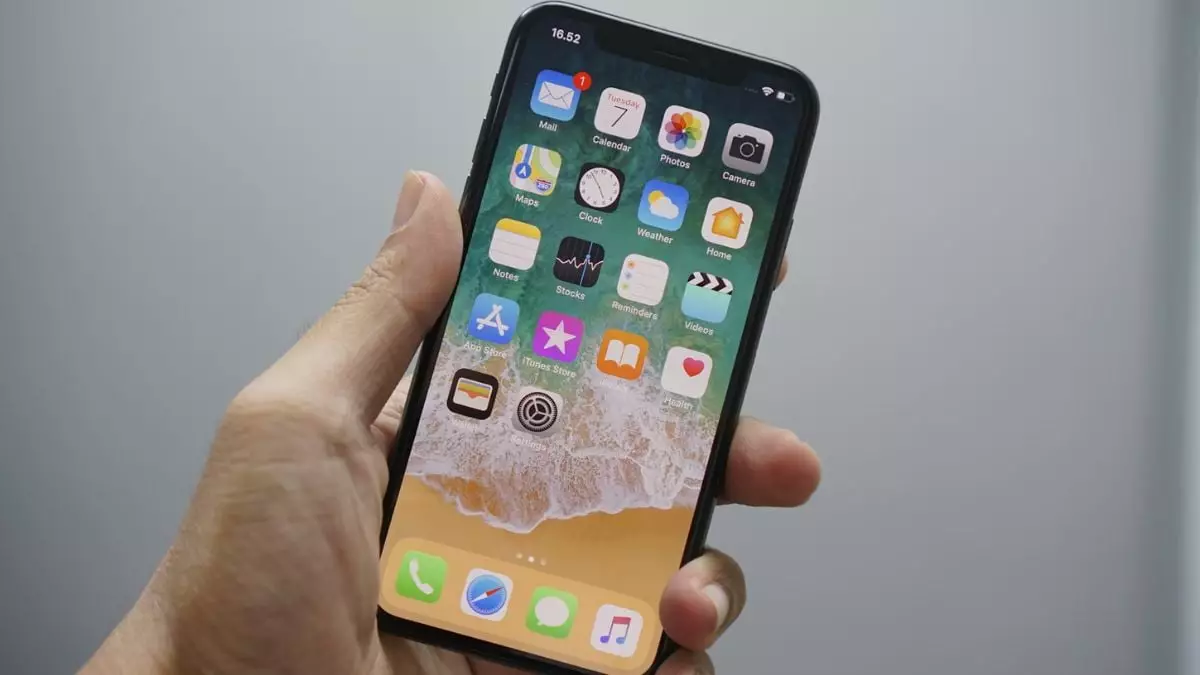Apple is always looking for ways to improve user experience and security with its products. One of the latest features in the works is Repair State, which aims to address the inconvenience of turning off Find My when sending an iPhone for repair. While this new feature seems promising, there are potential pitfalls and concerns that need to be addressed.
The existing protocol requires users to disable Find My before handing in their iPhone for repair, as a security measure to ensure that only the rightful owner can access the device. However, recent updates by Apple, such as Stolen Device Protection, have added a time delay to critical settings adjustments, making it more cumbersome for users to comply with this requirement. Repair State is designed to streamline this process and confirm ownership without compromising security.
In the iOS 17.5 beta 4, Repair State mode allows users to authenticate their device going for repair using their Apple ID and password. While in this mode, the owner’s Apple ID cannot be removed, providing assurance to technicians that the device belongs to the rightful owner. This eliminates the need to turn off Find My, simplifying the repair process for users.
Despite the convenience that Repair State offers, there are potential risks associated with enabling this mode. Beta testers have been cautioned not to activate Repair State unless the device is actually going for repair, as once enabled, there is currently no way to disable it or remove the Apple ID. This poses a dilemma for users who may inadvertently enable Repair State and find themselves unable to revert the settings.
It remains unclear whether Apple intentionally omitted the option to disable Repair State for technicians’ convenience or if the stable version will provide users with the ability to remove it. As the global stable version of iOS 17.5 approaches, Apple will need to address these concerns and ensure that Repair State strikes the right balance between security and user control.
While Apple’s Repair State feature shows promise in simplifying the repair process for iPhone users, there are significant considerations that must be taken into account. As technology continues to evolve, balancing convenience with security remains a top priority for Apple. The rollout of Repair State in the upcoming iOS update will serve as a test of how effectively Apple can navigate this delicate balance and address the concerns of its user base.



Leave a Reply